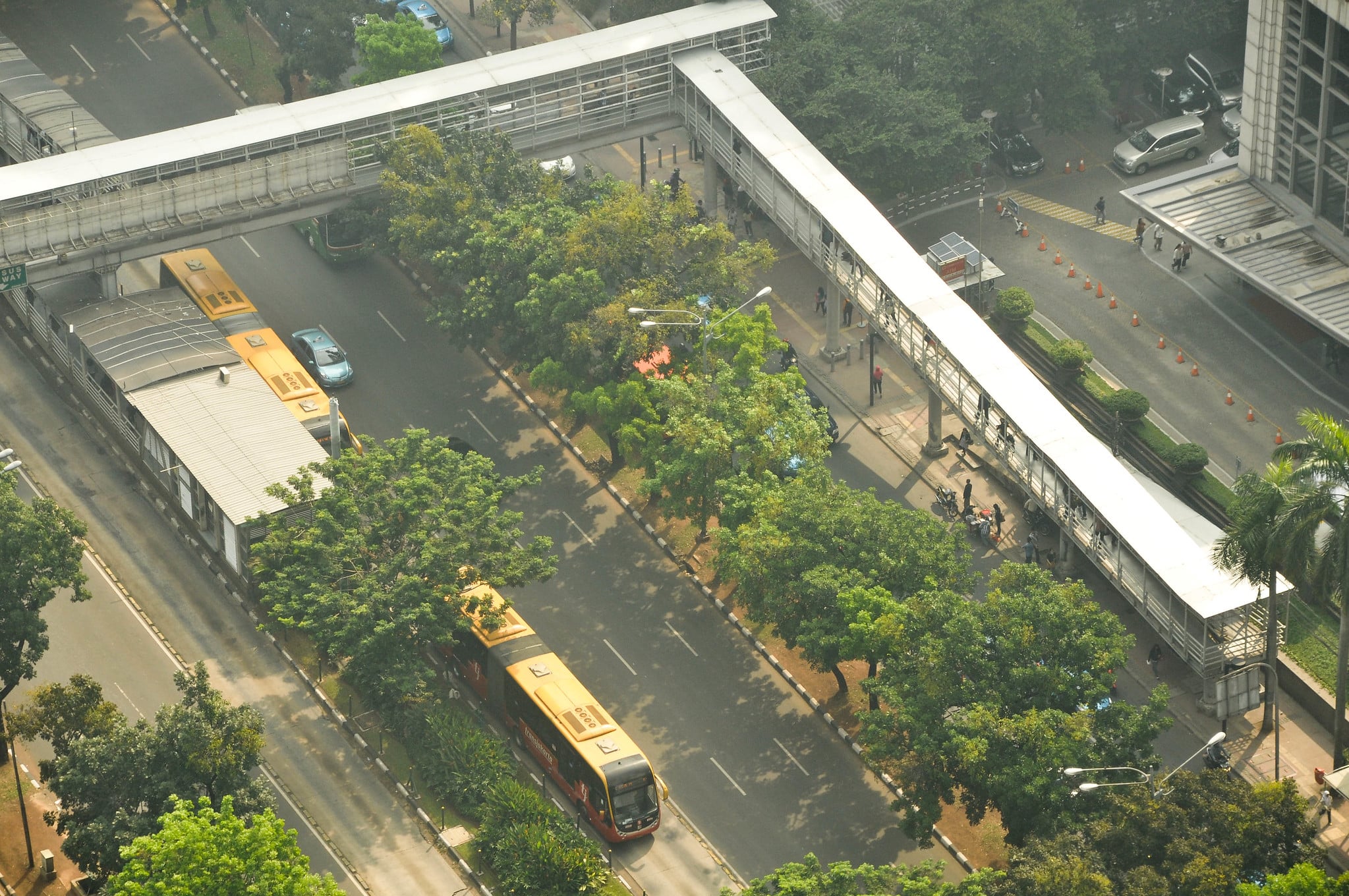6 / 28
Who should care? Many different stakeholders may be affected by urban forests. The list below describes some of the actors to be consulted in the development and implementation of urban forest-related policies and plans:
Federal/National Political Administration
- Political leaders
State/Provincial Departments
- Forestry
- Horticulture
- Agriculture
- Highway/roads
- Irrigation
- Utilities
Municipal Councils
- Parks and gardens
- Town/urban planners
- Landscape architects
- Legal advisors
- Mayors and city leaders
- Policymakers
- Waste managers
- Transportation planners
- Environmental protection departments
- Public works departments
- Hospitals and public health departments
Environmental NGOs
- Local
- International
Donor Agencies
- Bi-lateral (government to government)
- Multi-lateral
Corporate Business
- Multi-national
- National
- Local
Academic Institutions
- Schools
- Universities
- Other research bodies
Local groups of residents
- Associated with the local school
- Associated with local church/temple
- Environmental groups
- Harvesters of tree products
- Neighborhood organizations
Individuals
- Residents of all ages
- Owners/managers of private tree nurseries
- Private tree growers
- Tree wardens
- Urban foragers and gatherers
- Visitors/tourists
- Arborists
- Foresters (both rural and urban)
- Private businesses
(Adapted from Carter, 1995, with additions by authors)
Multiple scales for interventions:
- Micro/local — including site specific considerations related to the air, ground, and soil
- Neighborhood
- City
- Regional
- State/provincial
- National
Urban forests may support larger city goals, such as:
- Resiliency – Utilizing trees to position a city and its residents to withstand or recover faster from risks related to climate change and natural disasters such as heat waves, flooding, or drought.
- Sustainability – Integrating trees into urban landscapes to deliver environmental, social, and economic benefits, such as tree-lined pedestrian walkways along business districts that cool ambient temperatures, promote walking and social interaction, and boost property values and local business revenues.
- Public health – Supporting tree-related policies and plans that increase public contact with nature, encourage physical activity, and reduce exposure to harmful vehicle emissions.
- Safer and more sustainable transportation – Incorporating trees into transportation projects to improve “last mile” connectivity to public transit by reducing vehicle speeds in low speed areas, altering microclimates to promote walking and cycling, and reducing flooding along transportation infrastructure.

Image: Cities4Forests.
6 / 28











